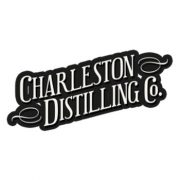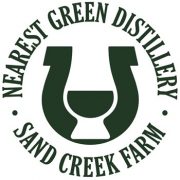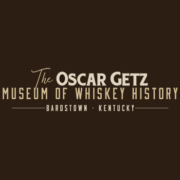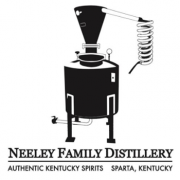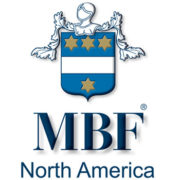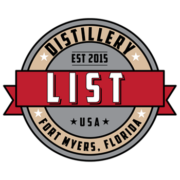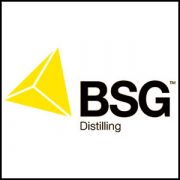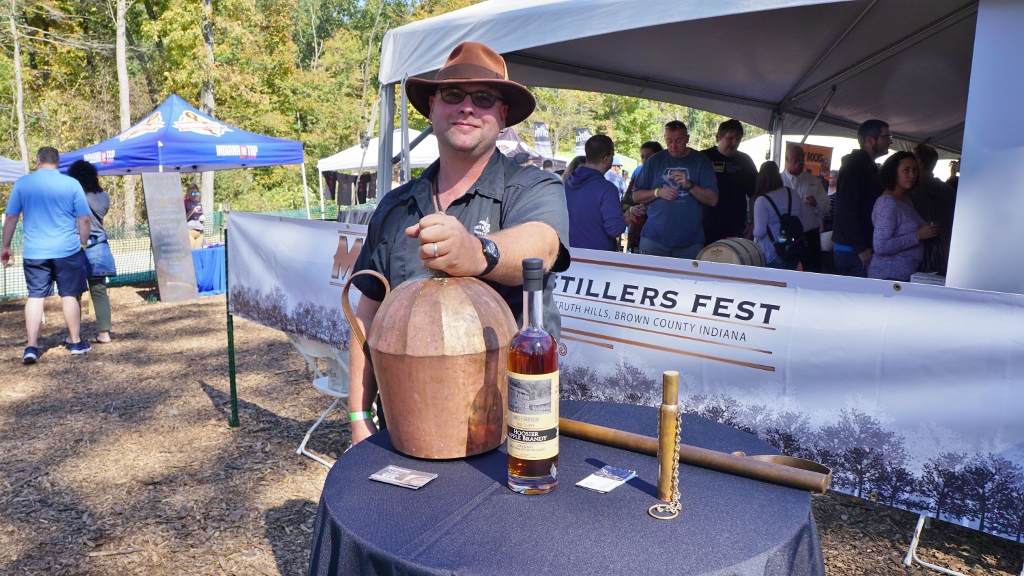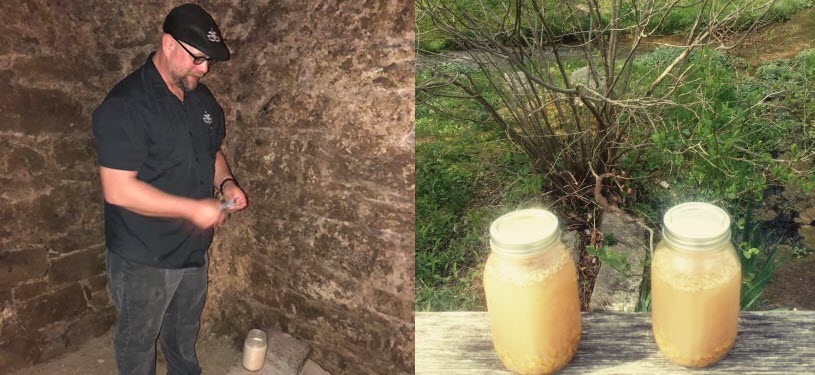
Artisanal craft spirits makers are a crafty bunch that spend a lot of time trying to find that elusive spirit taste profile of yesteryear and those Pre-Prohibition American whiskies.
Prior to Prohibition there were thousands of distilleries that dotted the American landscape. Unfortunately when Prohibition went into effect thousands of distilleries were shut down never to be reopened. As they closed their doors many of their distillation secrets and proprietary yeast strains that were once protected like the gold in Ft. Knox were left behind and quite literally dried up.
One artisanal craft spirits maker trying to find that vintage spirit of yesteryear is Master Distiller Alan Bishop of Spirits of French Lick Distillery in West Baden, Indiana. The distillery sits in the middle of the Hoosier National Forest, a couple hours south of the state’s capital of Indianapolis and about an hour and a quarter Northwest of Louisville, Kentucky.
Capturing and Propagating Historic Yeast Strains
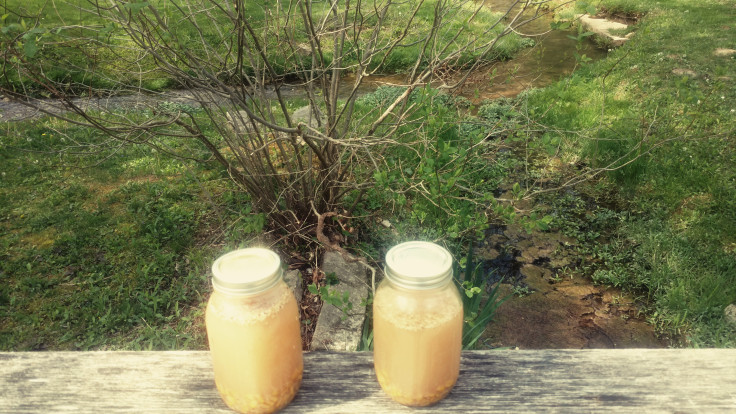
Earlier this year Spirits of French Lick started propagating its own house strain of yeast. At the same time, Bishop began propagating several historic yeast strains associated with pre-Prohibition era distilleries located in Orange, Lawrence, and Washington, Indiana counties.
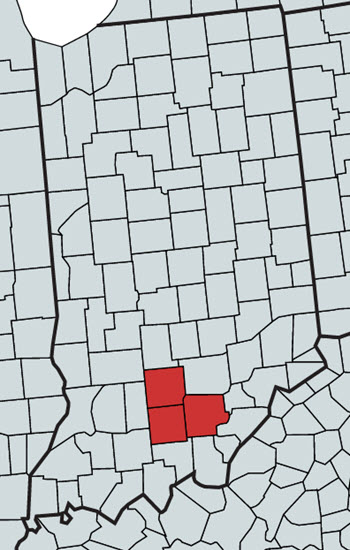
“These three strains are unique to Southern Indiana and the “Black Forrest” region,” said Bishop. “Each of these strains allows us to recreate the terroir of our forefathers, their distilling heritage, and historical distilled spirits. The Spring Mill yeast dates back to the 1890’s and was implemented daily by Indiana’s longest serving master distiller, William Dalton, who ran the facility for 55 years. The Spring Mill strain is rare and unique, providing flavor that is unmistakable.”
“The McCoy yeast was revived from our home county and the storied McCoy Distillery. The McCoys provided the foundation for our existing protocols as distillers and inspired many of our experimental distilling styles. The McCoy strain has been out of production since at least 1914, when the distillery closed in anticipation of prohibition. The yeast strain was revered by the distillers that once produced apple brandy and wheated bourbon. The Old Clifty strain ties into our apple brandy, named after the same distillery. We feel a real affinity for the Old Clifty distillery and the knowledge we gained from our research there.”
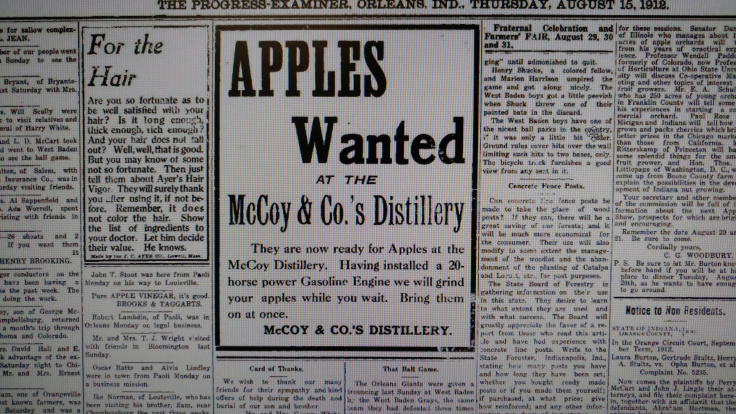 Newspaper clipping from The Progress-Examiner, Oleans, Indiana, August 15, 1912
Newspaper clipping from The Progress-Examiner, Oleans, Indiana, August 15, 1912

How Do You Capture Wild Yeast?
“We set a yeast trap,” explained Bishop. “We start with a mason jar of whiskey mash that has been inoculated. We either cover the top with cheesecloth and place in the open or we swab a suspect area and add to the jar. Good strains typically kick off in 24 hours, ferment to dryness, smell, and taste nice. Wild strains rarely finish fermentation and are generally smaller under a microscope so are easy to identify as unwanted. From there we adapt the strain to the mash we plan to use it for and make copies, prior to fermentation (approximately 24 hours) we pump 30 gallons of fresh mash into our dona tank, add 2 gallons of yeast, and let fermentation begin. When the specific gravity drops by half and the pH drops to the upper 4’s the yeast is ready.”
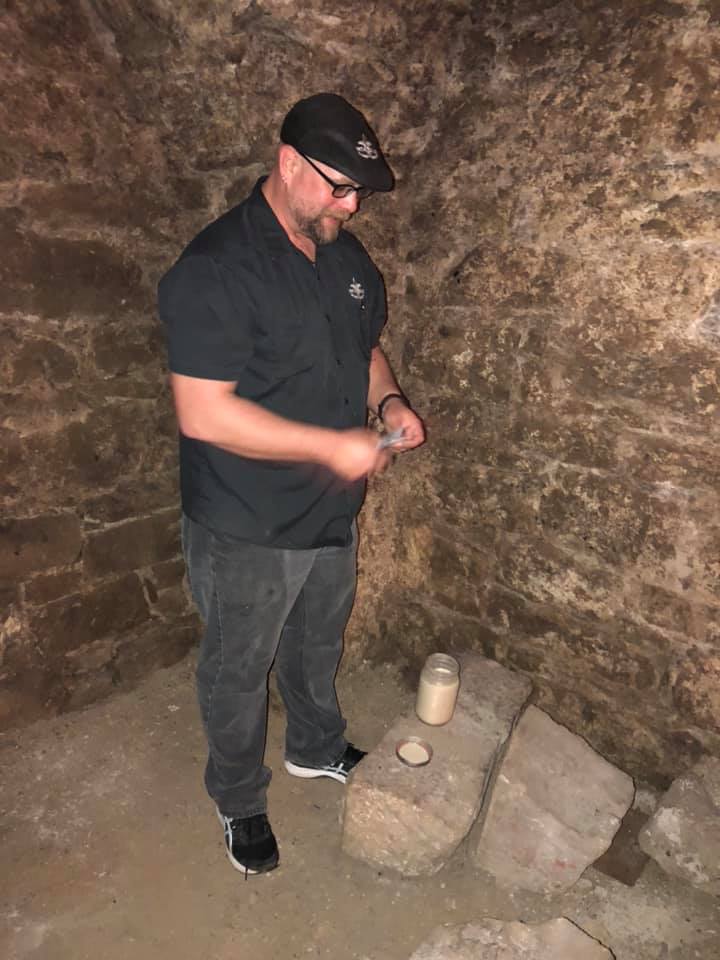
Targeted Single Barrels Made with Wild Yeast
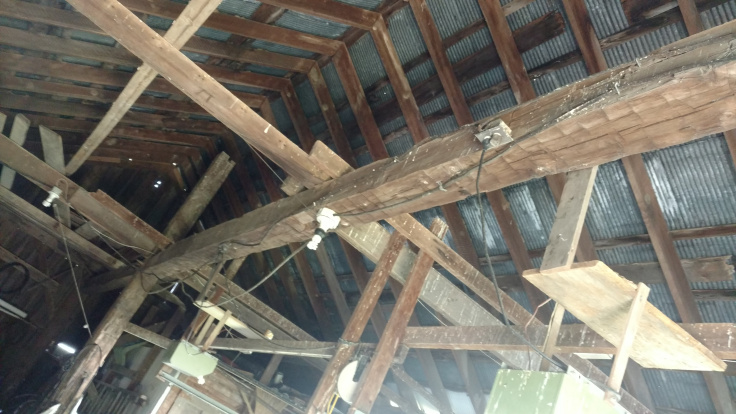 Roof trusses of what was once the McCoy & Co. Distillery.
Roof trusses of what was once the McCoy & Co. Distillery.

Bishop uses these three distinct yeast strains in a new program he calls “targeted single barrels”. This program meets consumer demand for single barrel selections with unique flavor profiles. “Yeast is highly under explored as a flavor variable in the U.S., and we wanted to exploit that with this project. The goal is to produce the same great spirits we make every day but to add a variable or two we can put into the distillation process to purposefully throw off our normal profile.” Additionally, he plans to barrel these targeted spirits at a slightly elevated proof (118 instead of the standard 105).
The distillery is also moving away from the use of all artificial enzymes. These enzymes break down starch into sugar for the yeast to convert into CO2 and ethanol. Until post-prohibition, most distillers found these enzymes naturally in their malted grain proportions, but with the rise of industrialization, many distillers turned to enzymes derived from other sources due to their high level of efficiency. “Artificial enzymes certainly have their uses but, again, much like the yeast for us, we felt like some of this modern spirit making methodology was causing the loss of flavor and aromatics. We want to approach our distilling historically, mirroring the old Hoosier way, but with modern equipment. This allows us authenticity with an increased quality in our finished products,” said Bishop.
The distillery also propagates their own “house” strain of yeast based on the microbiome created in the distillery since starting up operations in April of 2016. The distillery has been using alternative yeast varieties since its inception.
When asked what prompted the new yeast program, Bishop replied, “We decided that it was time, and we definitely did our homework first. We have always considered ourselves very involved distillers and to truly be involved in our work meant that we had to do some deep dives, particularly into what historically made distilling so interesting and practical. Keeping these strains alive and having the distillers and the yeast become co-dependent on one another, to us, means we can keep a real focus on quality. It also allows us to bring back some of the historical distilling techniques that have been lost through the years.”
You may have a wait a while before you can get a taste from any of these experimental single barrels. Alan says he plans on keeping each one of these batches as single barrels and age them for at least four years so they can be Bottled-in-Bond. We’ll check back with Alan in about 1,500 days!
Related Stories
The Making of a Handcrafted Copper Yeast Jug [Photos]
What is a Yeast Jug? Discovering a Link to Bourbons Past
4 Handwritten Yeast Recipes c.1890 from J.W. Dant – Distiller
Stay Informed: Sign up here for the Distillery Trail free email newsletter and be the first to get all the latest news, trends, job listings and events in your inbox.
Learn more about Spirits of French Lick Distillery.
View all Indiana Distilleries.
Please help to support Distillery Trail. Sign up for our Newsletter, like us on Facebook and follow us on Twitter.

